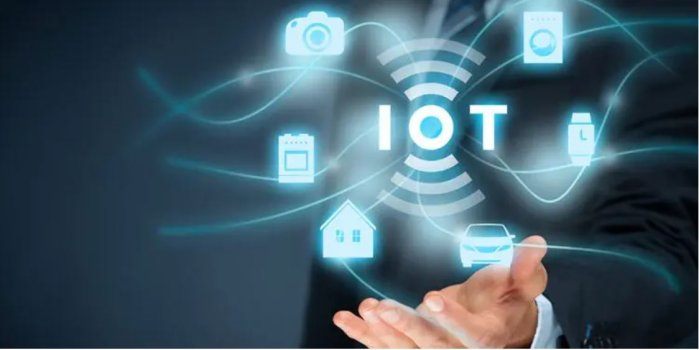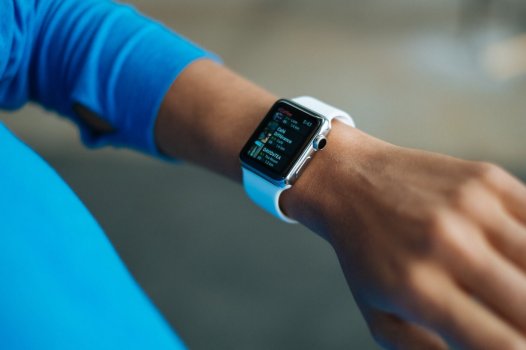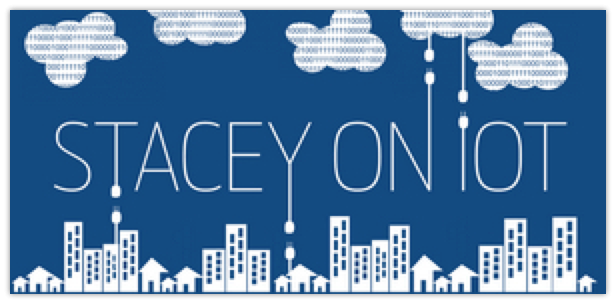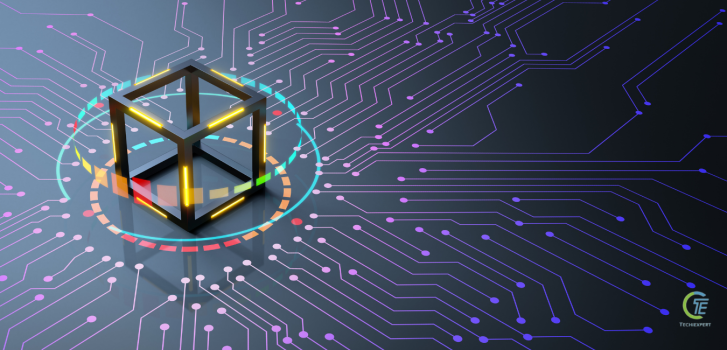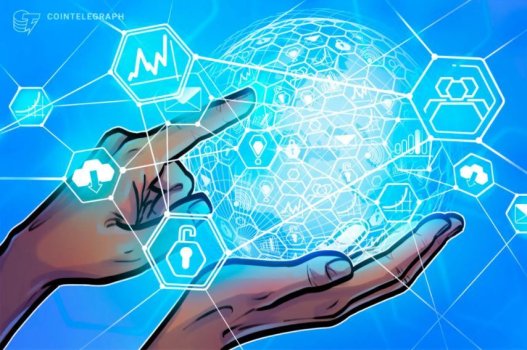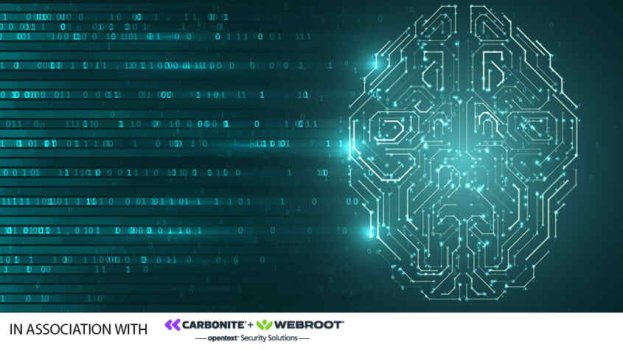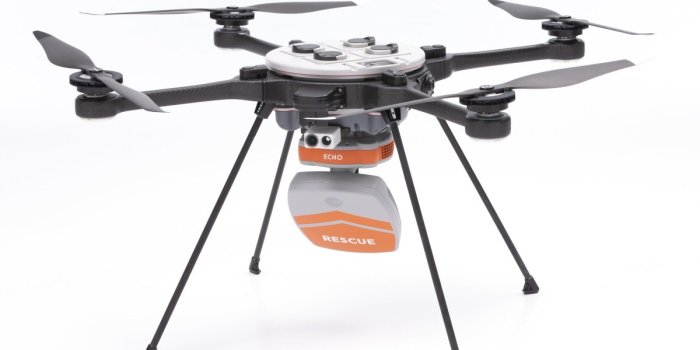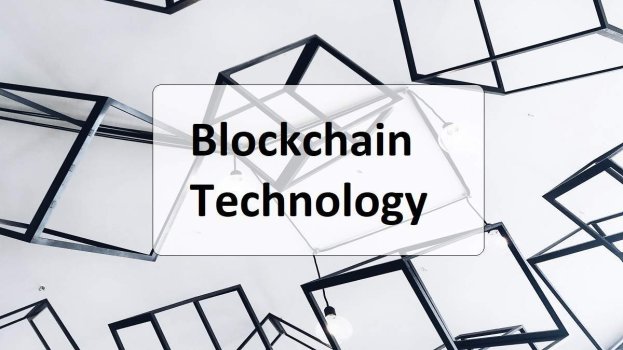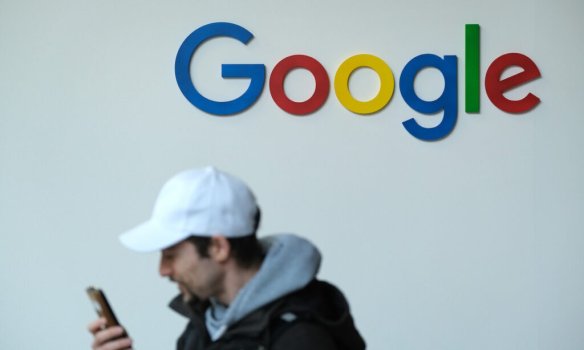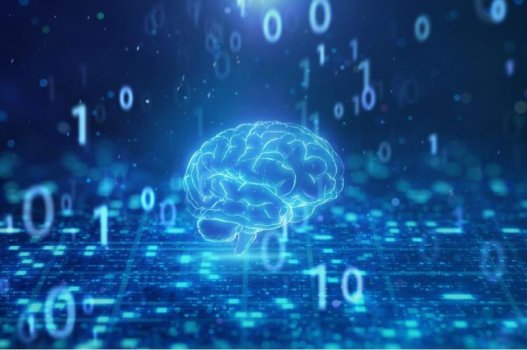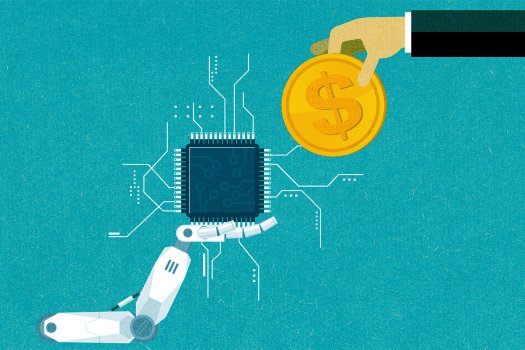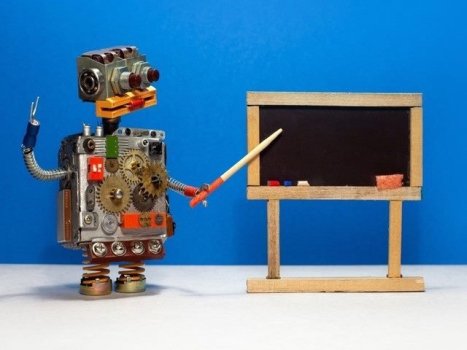5 Ways Internet of Things (IoT) affect Daily Life
- Technology Solutions
- 0 Replies
The world we see today isn’t what it was centuries ago. There used to be a long gap between different parts of the world.
More than just the barrier of distance and differing languages, every part of society; business, arts, education, sciences, philosophy, craft and career were worlds apart, across the globe.
Then came the game-changer that will not only modify all but bring all together into a single community: The Internet. Thanks to this invention, everyone is closer than we could ever imagine.
The internet of Things (IoT)
The era of the internet brought about a vast connection between every part of society and the globe.
First, information and data can be shared at a faster rate, are readily available and easily accessible. The internet started as a means of connecting people together.
If there was a future its inventor never foresaw, it is what would be known as “the internet of things”. Recent innovations have taken the internet a step further: making it a network not just for connecting people, but things as well.
The internet of things is simply a process whereby devices and machines are connected via the internet and interact with one another with little or no human intervention.
Devices are enabled to read and share data with one another, which can be interpreted to carry out tasks and communicate with other devices within a network.
In developed climes, we have seen where refrigerators can notify you of the expiry date of groceries, or detect that you are running out of milk and place an order in that regard.
Another scenario is your alarm waking you up and communicating with your coffee maker to prepare you some coffee. With the internet of things, machines and devices talk to each other. The List is countless to the vast possibilities of the internet of things.
Continue reading: https://techbuild.africa/5-ways-internet-of-things-iot-affect-daily-life/
More than just the barrier of distance and differing languages, every part of society; business, arts, education, sciences, philosophy, craft and career were worlds apart, across the globe.
Then came the game-changer that will not only modify all but bring all together into a single community: The Internet. Thanks to this invention, everyone is closer than we could ever imagine.
The internet of Things (IoT)
The era of the internet brought about a vast connection between every part of society and the globe.
First, information and data can be shared at a faster rate, are readily available and easily accessible. The internet started as a means of connecting people together.
If there was a future its inventor never foresaw, it is what would be known as “the internet of things”. Recent innovations have taken the internet a step further: making it a network not just for connecting people, but things as well.
The internet of things is simply a process whereby devices and machines are connected via the internet and interact with one another with little or no human intervention.
Devices are enabled to read and share data with one another, which can be interpreted to carry out tasks and communicate with other devices within a network.
In developed climes, we have seen where refrigerators can notify you of the expiry date of groceries, or detect that you are running out of milk and place an order in that regard.
Another scenario is your alarm waking you up and communicating with your coffee maker to prepare you some coffee. With the internet of things, machines and devices talk to each other. The List is countless to the vast possibilities of the internet of things.
Continue reading: https://techbuild.africa/5-ways-internet-of-things-iot-affect-daily-life/

